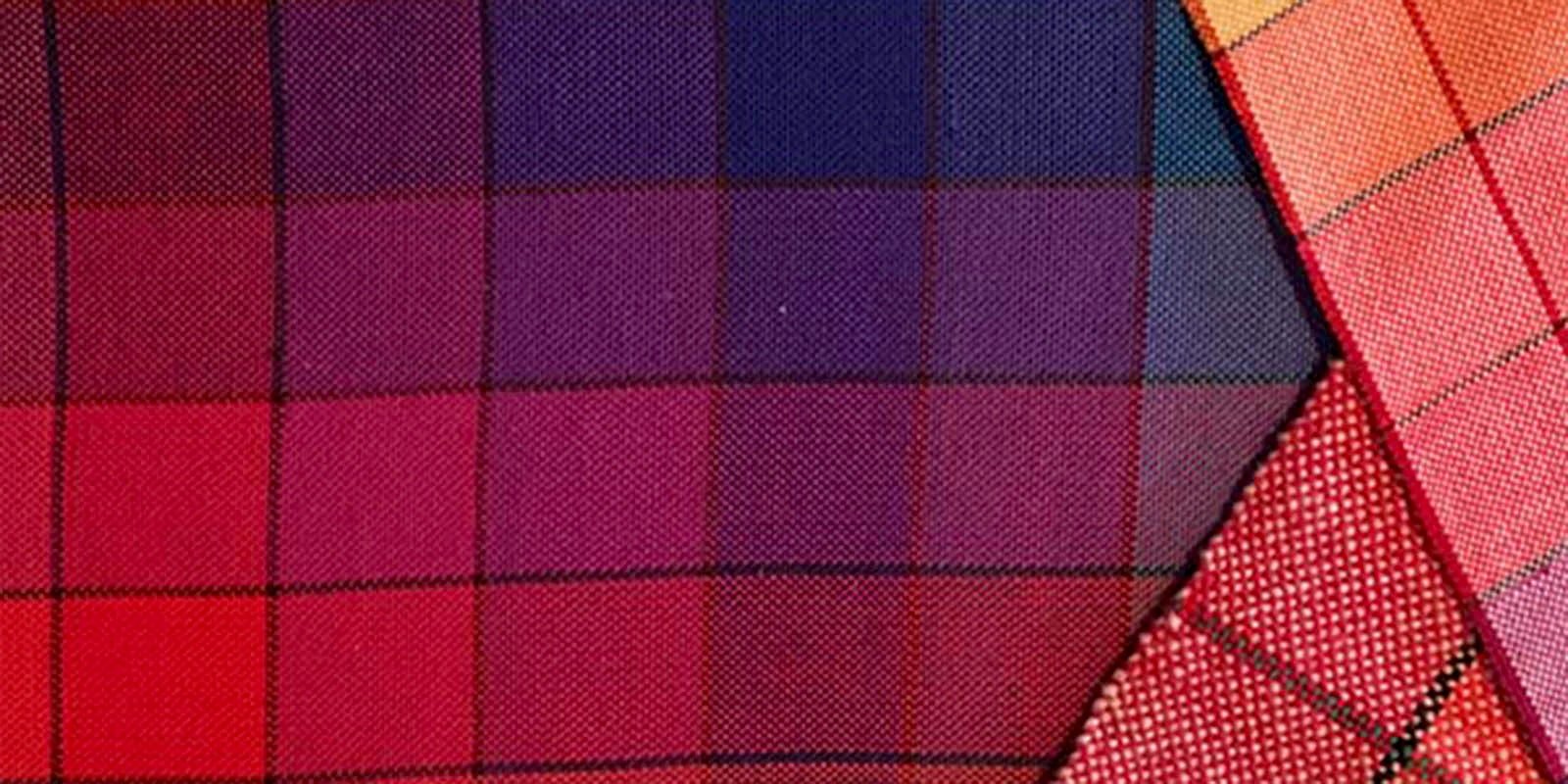 | |
| Want to learn more about a weave structure? Try weaving a gamp! |
Susan Horton, a *Handwoven* contributor and member of our technical editing team, believes that variety is the spice of life, and she joins us today with a story of how the same is true for weaving.
My dad once told me that he thought the answer to a long life was variety. His reasoning was that if you did the same thing day after day, after a while all the days would run together and seem like one. This from a man who was a professor for 35 years, planted a vegetable garden every spring and, except for vacations, rarely strayed from Southern California. Within that framework, however, he did practice variety. He read all types of literature, loved the arts, and had friends from all walks of life. He vacationed often in the same places but also traveled to more exotic lands.
Of all the conversations I had with him, this one sticks in my mind, and I try to apply it to my life and my weaving. My husband and I have our favorite restaurants, but we like to try new ones. I like a traditional Thanksgiving, but I'm up for a picnic on the beach. In weaving, I have some go-to weave structures that I know well and that I know I can excel at. There are others that make my head spin every time I read about them. You can explain units and blocks to me and I get it at that moment, and 10 minutes later I'm back at square one.
This past year I decided to expand my weaving knowledge through hands-on experience. My guild's weave structures study group was studying lace weaves, weaving one sampler after another when Wallie Weidhaas, one of the group members, brought up the idea of threading multiple weave structures on the same warp and then treadling them, thereby crossing each weave structure with treadlings meant for another structure. It wasn't a new idea—gamps have been around for ages—but for some reason we hadn't considered it before. It struck a chord with me.
I found two gamps to weave, a twill gamp with 10 twills and 50 treadlings, and a 4-shaft weave structures gamp of 11 structures and 35 treadlings, both woven in pearl cotton. Talk about variety! Personally, I have trouble weaving more than one scarf on the same warp, but I never got bored weaving these. Every two to four inches something new was happening. Granted, there was a lot of retying of heddles but the end result is two (huge) gamps giving me more than 800 new ideas to play with. I threaded some weave structures I had never woven before such as monk's belt and wavy twill. I learned new ways to thread selvedges, and I learned once and for all that Bronson lace has every other thread on shaft 1.
Judging from the polite expressions on the faces of guild members when I presented these gamps, I realize this is not the road everyone wants to take, and, luckily, everyone doesn't have to weave a gamp to learn about weave structures. An eBook to start you on the journey of discovering twills is the Best of Handwoven Technique Series, Twills on Four Shafts, Top Ten Projects. Besides the 10-plus projects, this e-book includes descriptions of the different twill types and articles on other resources, how twills work, and "twill basics." It might not show you that you get some pretty awful floats when you cross Bronson lace with a twill treadling that doesn't lift shaft 1, but maybe that isn't something everyone needs to find out on their own, and besides, you can take my word for it.
—Susan

